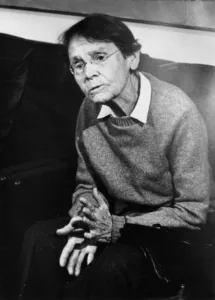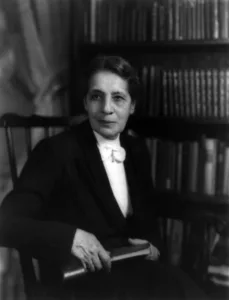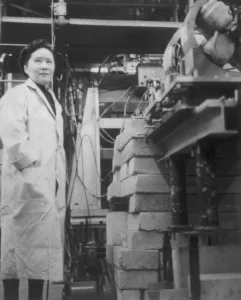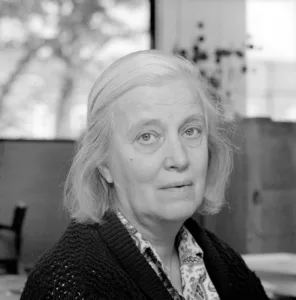Unveiling the Uncharted Stories of Women in Science
The annals of scientific history are an intricate tapestry woven with threads of discovery, innovation, and progress. Yet, beneath the surface of celebrated achievements lie the lesser-known narratives of women in science who not only grappled with the rigors of their fields but also confronted controversies and setbacks. In this article, we embark on a journey to shed light on these often-overlooked stories.

Barbara McClintock: A Trailblazer in Genetic Controversy
Barbara McClintock, an American geneticist, blazed a trail in genetics during the 1940s. Her groundbreaking work on transposons, colloquially known as “jumping genes,” revealed segments of DNA capable of relocating within the genome. However, McClintock’s pioneering insights were met with skepticism, languishing in obscurity until years later. Nevertheless, her resolute dedication laid the cornerstone for our contemporary comprehension of genetics, ultimately culminating in her receipt of the Nobel Prize in Physiology or Medicine in 1983.

Lise Meitner: Navigating the Nuclear Age
Lise Meitner, an Austrian-Swedish physicist, etched her name into the annals of nuclear physics through her collaboration with Otto Hahn, unraveling the phenomenon of nuclear fission. Yet, her story is shrouded in controversy. Her glaring omission from the Nobel Prize awarded to Hahn alone in 1944 sent ripples of discontent through the scientific community. Eventually, her invaluable contributions received the recognition they undeniably merited.

Chien-Shiung Wu: The Ethical Dilemmas of a Physics Heroine
Chien-Shiung Wu, a Chinese-American experimental physicist, found herself ensnared in an ethical quandary during her involvement in the Manhattan Project, which yielded the atomic bomb during World War II. Wu’s scientific prowess was instrumental, but she grappled with the moral implications and societal controversies surrounding her work. Her narrative remains a poignant testament to the intricate ethical choices scientists can encounter.

Dorothy Crowfoot Hodgkin: Crystallography and Ethical Complexity
Dorothy Crowfoot Hodgkin, a British chemist, left an indelible mark on X-ray crystallography, culminating in the Nobel Prize in Chemistry bestowed upon her in 1964 for her groundbreaking research on the structures of vital biochemical substances. Yet, her story is not devoid of ethical questions, stemming from her use of data sourced from a German scientist, Ernst Bernal, interned as an enemy alien during World War II.
These pioneering women in science, among countless others, navigated controversies, ethical dilemmas, and societal biases with unwavering determination. Their stories remind us that the annals of science are not a straightforward narrative of unblemished triumph but a complex mosaic interwoven with both victories and trials.
The Significance of Recognizing Women’s Contributions
In casting light on the errors and controversies in the annals of science, we do not diminish the remarkable contributions of these women; rather, we illuminate the importance of acknowledging their struggles and celebrating their indomitable spirit. These women forged pioneering paths that advanced our understanding of the world, clearing the way for generations of scientists, regardless of gender.
In conclusion, the women who have left an indelible mark on science have not only illuminated our world with groundbreaking discoveries but have also faced their share of controversies and challenges. By recognizing and celebrating their contributions while acknowledging the complexities of their journeys, we pay homage to their enduring legacies in the scientific realm. Their narratives serve as a wellspring of inspiration for scientists of all backgrounds, underscoring that the pursuit of knowledge is an odyssey marked by both ascent and descent, victory and defeat.










